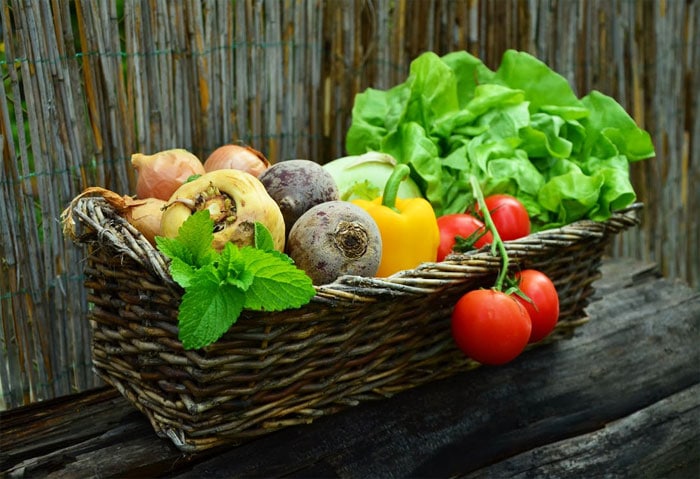
Written By: Elizabeth Daeninck, MS, RD
Title: Registered Dietitian
Alumni: Colorado State University
Last Updated on:

There is so much discussion about the glycemic index of foods these days – many diet books incorporate the concept into their specific plans. It can be very confusing knowing what to eat when considering so many different variables presented to you. The glycemic index is a good tool to help you in choosing which carbohydrates to eat most frequently – read on to learn more…
Low Glycemic Index foods are slowly digested, releasing sugar (glucose) into the bloodstream gradually, resulting in a slow and steady increase in blood sugar that helps keep your body functioning well for longer than high GI foods.

High Glycemic Index foods are quickly digested and metabolized, producing a rapid rise in blood sugar. It’s best to avoid these high GI foods that cause spikes in blood sugar that can result in your body “crashing” or feeling hungry again quite quickly after you eat.
Table of Contents
A low glycemic diet reduces the onset of dramatic fluctuations in blood sugar levels, which can better control diabetes, hypoglycemia and hunger. It’s wise to substitute high GI foods with low GI foods, not only for their slower rate of blood sugar surge, but also for their superior nutrient profile. Most low GI foods are whole grains, beans, or fruits and vegetables – all of which are packed with antioxidants, phytonutrients, and fiber.
Alumni: Colorado State University – Elizabeth Daeninck is a Registered Dietitian with a master’s degree in Exercise Physiology and Nutrition. She has taught classes at the college level and facilitated weight loss group meetings, presented a variety of nutrition seminars and is a published author and researcher in the field of nutrition.
glycemic index, phytonutrients